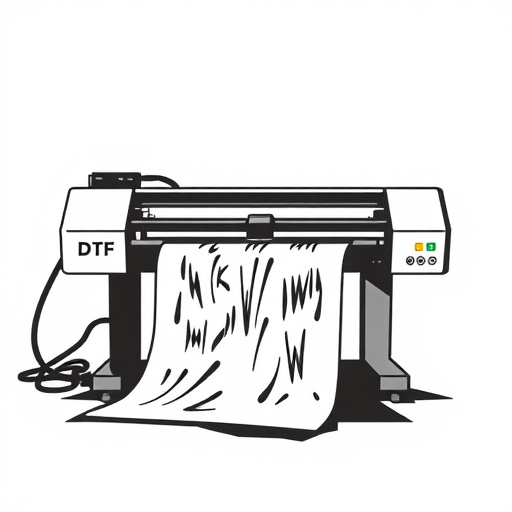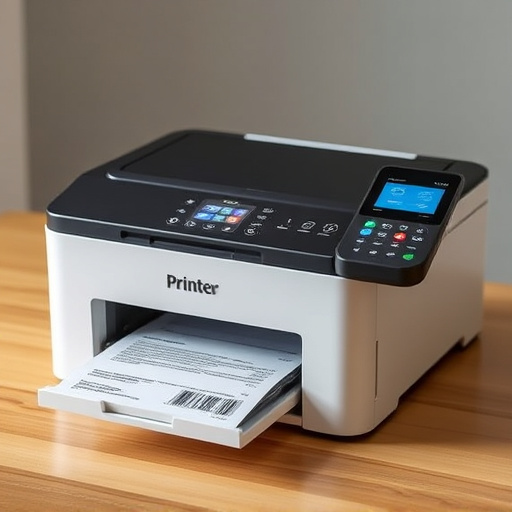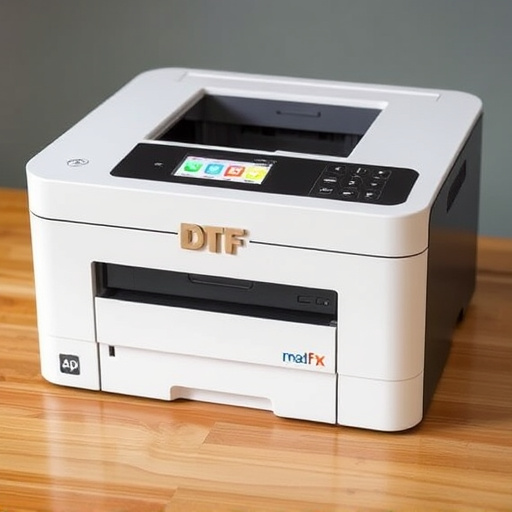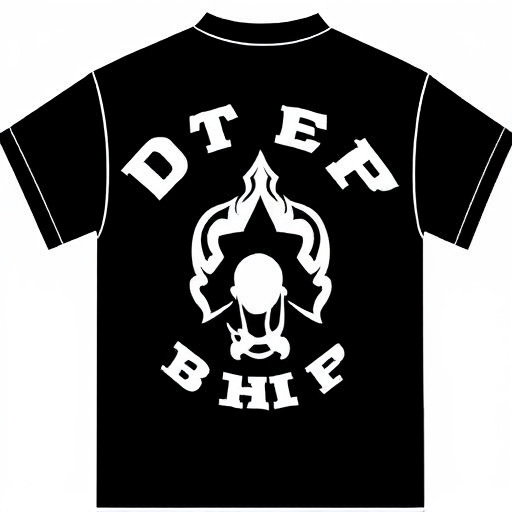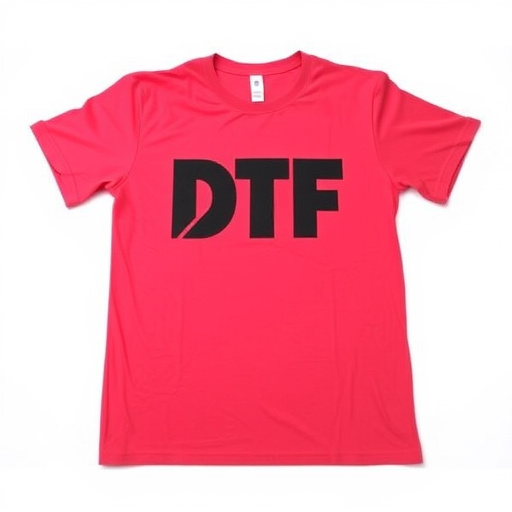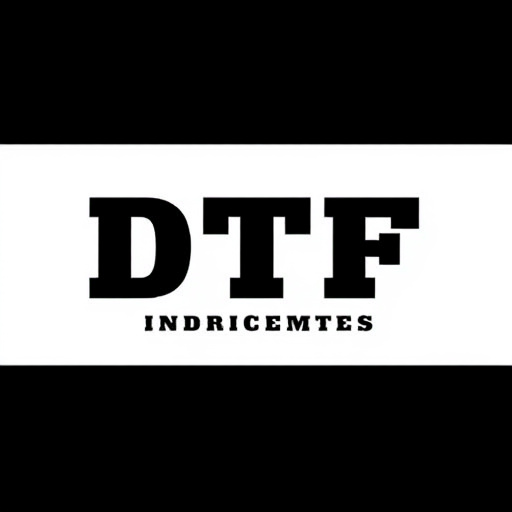Inaccurate data mapping in DTF Transfer Gang Sheets leads to printing errors and waste. Every element of DTF artwork, from text to graphics, must be precisely mapped to cutting/printing areas for correct alignment, scaling, and positioning. Verifying color profiles, resolution, and cutting paths ensures high-quality transfers and prevents costly corrections or reprints. Careful data flow review, proper labeling of critical fields, and adherence to DTG design requirements are essential to avoid misalignments, saving costs and minimizing mistakes. Accurate mapping, especially for multi-color designs, ensures efficient printing, reduces waste, and maintains profitability.
In the realm of efficient data management, a seemingly straightforward process like DTF Transfer Gang Sheet setup can ensnare organizations in common pitfalls. This article sheds light on critical errors that often plague this crucial operation. We explore three key areas: inadequate data mapping, leading to misaligned fields and potential integrity issues; lack of comprehensive testing and validation, leaving data susceptible to loss or corruption; and insufficient security measures, which expose sensitive information to risks of breach. By understanding these common mistakes, businesses can navigate the process more effectively, ensuring seamless and secure data transfers.
- Inadequate Data Mapping:
- – Misaligned data fields between source and target systems.
- – Omitted or incorrect mapping of critical data elements.
Inadequate Data Mapping:
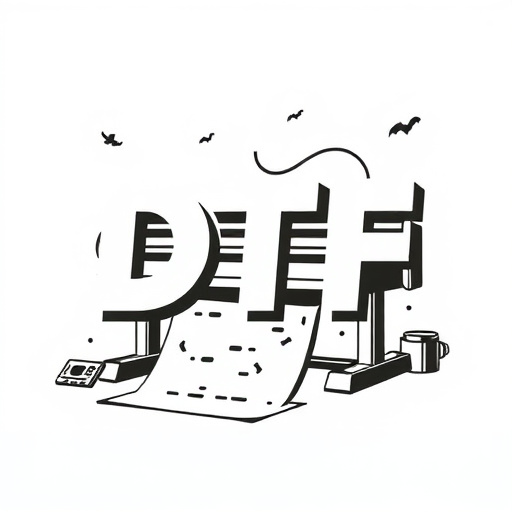
Inadequate data mapping is a common pitfall when setting up DTF Transfer Gang Sheets, leading to inaccurate and inefficient printing processes. Each element on your design, from text to graphics, must be accurately mapped to the corresponding cutting or printing area on the gang sheet. This includes proper alignment, scaling, and positioning of all DTF artwork transfers, ensuring that they are ready for production without any errors.
A custom DTF transfer setup requires meticulous attention to detail. Failing to map data correctly can result in misaligned logos (DTF logo transfers), text overlays, or even missing elements on the final print. It’s crucial to verify every mapping parameter, including color profiles, resolution settings, and cutting paths, to achieve precise outcomes. This process is an integral part of ensuring high-quality DTF transfers and avoiding costly reprints or corrections.
– Misaligned data fields between source and target systems.
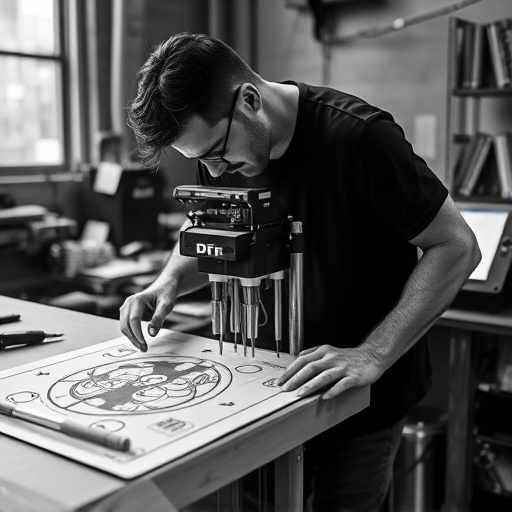
One of the most common pitfalls when setting up a DTF Transfer Gang Sheet is misaligned data fields between the source and target systems. This occurs when the information passed from the initial design software to the printing system isn’t structured or labelled identically, leading to inaccuracies in the final product. For instance, a simple mismatch in field names or data types can cause designs to be printed in the wrong location on the garment, resulting in wasted material and time, as well as potential customer dissatisfaction.
To avoid this, it’s crucial to thoroughly review and map out the data flow during setup. Ensure that all fields required for DTF garment printing, such as design dimensions, color profiles, and cutting paths, are accurately labelled and formatted in both source and target systems. Moreover, adhering to the DTG design requirements, including file size, resolution, and format compatibility, is paramount. A dtf cost-effective approach involves double-checking these alignments to prevent costly mistakes that can arise from even the smallest data discrepancies.
– Omitted or incorrect mapping of critical data elements.
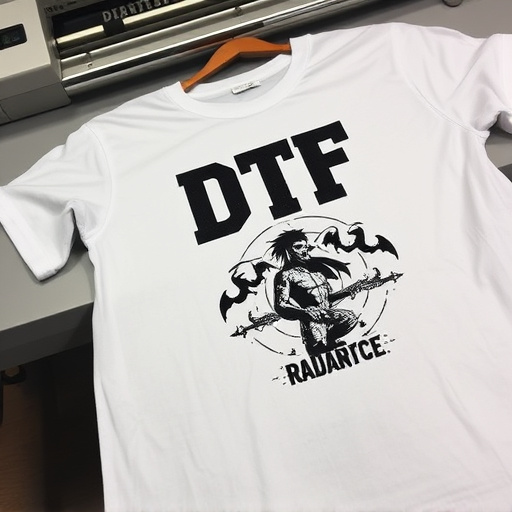
One of the most common mistakes when setting up a DTF Transfer Gang Sheet is omitting or incorrectly mapping critical data elements. This can lead to inconsistent printing and ultimately, subpar results for your custom durable prints. It’s essential to ensure that each data field is accurately linked to the corresponding element on the gang sheet. For instance, if you’re creating a design with multiple colors, each color must be correctly mapped to its designated printing station. An error here could result in misaligned or incomplete transfers, rendering the final product less than satisfactory.
Moreover, considering the DTF cost-effective approach, proper mapping ensures efficient use of materials and time. Custom DTG gang sheets demand precise alignment and configuration; any deviation can increase wastage and impact your bottom line. Therefore, take the time to double-check mappings, especially when dealing with intricate designs or varied color palettes. This meticulousness will pay off in the long run, ensuring your DTF transfer process runs smoothly and produces durable prints that meet your high standards.
Setting up a DTF Transfer Gang Sheet accurately is paramount to ensure seamless data integration. Common pitfalls like inadequate data mapping, including misaligned fields and incorrect element mapping, can be avoided through meticulous planning and attention to detail. By addressing these issues, organizations can streamline their data transfer processes, enhance efficiency, and prevent potential disruptions, ultimately optimizing their DTF Transfer Gang Sheet setup.




